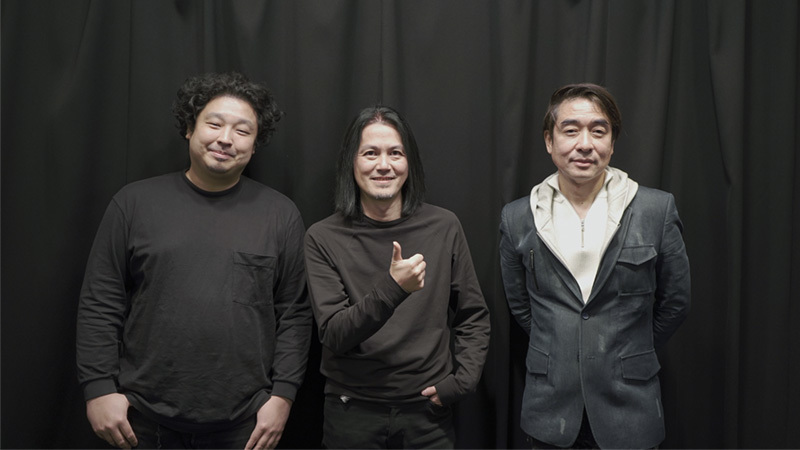From December 7, 2020, a five-night webinar series titled "Nights of Imagining the Future Created by Art and Business" was held, hosted by Dentsu Art Hub, an internal Dentsu Inc. lab dedicated to "connecting art and business to envision a prosperous future." Each session featured dialogues and trialogues among powerhouses deeply involved in art and business from their respective standpoints, all conducted under "three keywords." The themes for these "fantasy talks," set in advance by the participants themselves, were enough to spark the imagination of the audience.
In this series, we will delve into the essence of art and business revealed through the webinars, as well as the grand theme of the future created by the "multiplication" of art and business, from the unique perspective of our editorial department.
In this third installment, we delve into the relationship between art and infrastructure based on a three-way discussion between Taihei Shii, CEO of Startbahn; Hiroyuki Fushitani, CEO of ORIGINAL Inc. and representative of Time Out Tokyo; and Takaaki Umezawa, Chairman of A.T. Carney Japan and Chairman of CIC Japan.
Written by: Web Dentsu Inc. Editorial Department
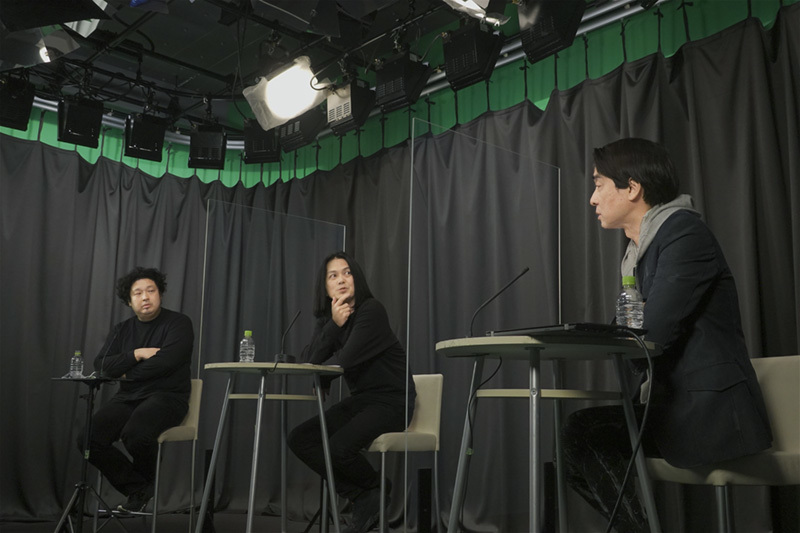
(From left) Mr. Taihei, Mr. Hiroyuki Fushitani, Mr. Takaaki Umezawa
"Why do you want to increase the resolution of images?" (Tahei Shii)
The first keyword for tonight's fantasy gathering is "What would happen if a world arrived where resolution couldn't get any higher." Mr. Shi's choice.
Mr. Umezawa responded to Mr. Shii's candid question: "I think it's in the nature of engineers to pursue higher-level specifications. Whether it's video or anything else, it's about wanting to enhance the ability to reproduce phenomena, or perhaps to recreate humans themselves with greater precision. I don't think that necessarily equates to enhancing the quality of art, though."
"Indeed, technological progress in the fields of sight and sound among the five senses is astonishing. For example, you can feel like you've visited museums around the world, or experience being in a concert hall. In that sense, it can be said that it already functions sufficiently as an infrastructure for art." In response to Mr. Shii, Mr. Umezawa added his own perspective. "That said, what comes across in a live performance isn't just sound or scenery. That's the tricky part."
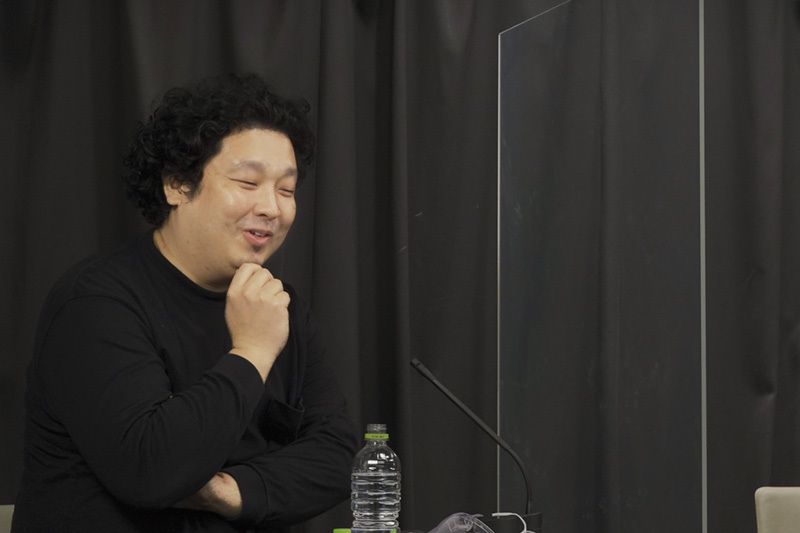
Tahei Shii (CEO, Startburn)
Born in 1977. Spent his youth in the United States. Graduated from the Graduate School of Interdisciplinary Information Studies, University of Tokyo. After graduating from Tama Art University's Painting Department, Oil Painting Major in 2001, he created art as an artist with the theme "Art in the Internet Age," and continues to exhibit in galleries and museums. Conceived startbahn in 2006, subsequently obtaining patents in Japan and the US. Started the company while in graduate school and continues to lead it today. Has lectured at Tokyo University of the Arts and participated in numerous talks and events. His specialty is billiards.
The author himself realized this anew during the pandemic: at live venues, we are actually processing an enormous amount of information. For example, temperature. For example, scent. If art is something that stirs us using all five senses, then it means the perfect infrastructure for art has yet to be invented.
Mr. Fushitani's perspective, however, is somewhat unique. "While having an overwhelming abundance of information, like at a live venue, is important for art, on the other hand, whether it's sound, visuals, or anything else, when people encounter coarse or sparse information, they desperately try to fill in the gaps. The mind in that state becomes highly creative. I believe cutting-edge infrastructure isn't always necessary for creating great art; in fact, it can sometimes get in the way."
"When you see the story, the art experience deepens." (Hiroyuki Fushitani)
The second keyword is "Seek the story behind the object." This was Fushitani's choice.
Fushitani shared this story: Imagine 50 people gathered before a Jizo statue on the outskirts of some rural town. In the past, this would mostly be "mass tourism" – everyone visiting the same place for the same reason, like wanting to see a Jizo made famous by a drama. But now, it's different. Even if the same Jizō statue is the destination, one person might have been drawn by the rustic countryside scenery and ended up at that statue. Another might have come because they were interested in the statue's historical background. Some might have heard rumors about its effectiveness for matchmaking and come specifically for that. This means the very nature of tourism is shifting from mass tourism to "meta-tourism."
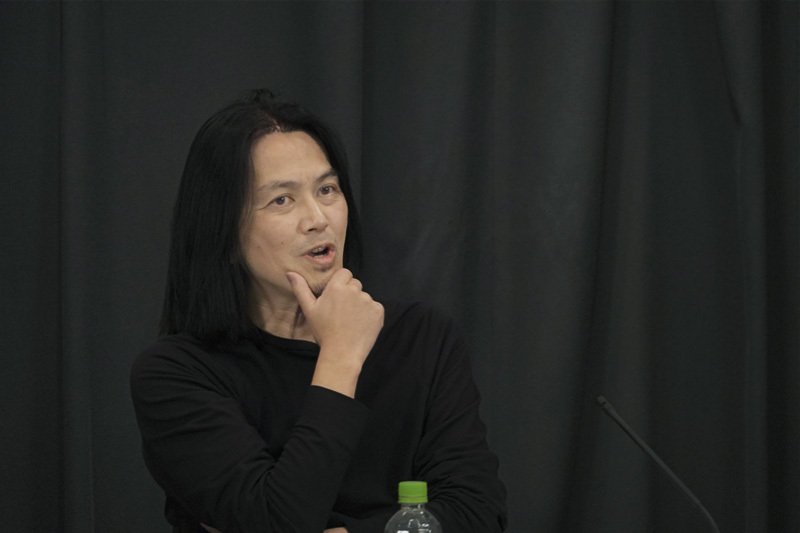
Hiroyuki Fushitani (President, ORIGINAL Inc. / Representative, Time Out Tokyo)
Born in Shimane Prefecture. Graduated from Kansai Gaidai University. Joined Tower Records while in university, becoming President and CEO in 2005. Founded Napster Japan the same year, serving concurrently as President. After serving as Senior Advisor at Tower Records, founded ORIGINAL Inc. in 2007 and became President. Launched Time Out Tokyo in 2009 and became its Representative. Serves as an expert committee member for the Japan Tourism Agency, Ministry of Agriculture, Forestry and Fisheries, and Tokyo Metropolitan Government.
This phenomenon is what Mr. Umezawa calls "transformative travel," or, borrowing Mr. Fushitani's words, a "mini-enlightenment journey." As society's interests shift from consuming things to consuming experiences, the very nature of travel is undergoing a major transformation. According to Mr. Fushitani, the exact same thing is happening in the world of art. It's not about "spending a fortune to acquire a famous painting and feeling satisfied." Instead, it's about that sense of elation: "For some reason, this painting draws me in. Why is that? How come?" That, he suggests, is the value of art demanded in this era.
When you glimpse these hidden stories, the value of your own experiences gains depth and richness. "To continue the travel analogy," explained Mr. Umezawa with an easy-to-understand metaphor, "today's tourists don't seek out ordinary tour guides. They want a service tailored just for them, like a curator in an art museum."
"To build a loyal customer base, you need infrastructure that offers lasting value" (Takaaki Umezawa)
The third keyword is "art tourism." This choice, unique to Mr. Umezawa, explains the relationship between art and infrastructure using the motif of "travel."
Umezawa posits that for Japan to become an art-focused nation, "attracting affluent individuals as fans" is absolutely essential. It's not merely because they have the financial means to acquire expensive works. Umezawa explains that affluent individuals often possess the "high cultural literacy" necessary to become patrons of artists. High cultural literacy means possessing discerning taste for quality. Those with such taste, Umezawa argues, wield the influence to broaden the reach of truly good art.
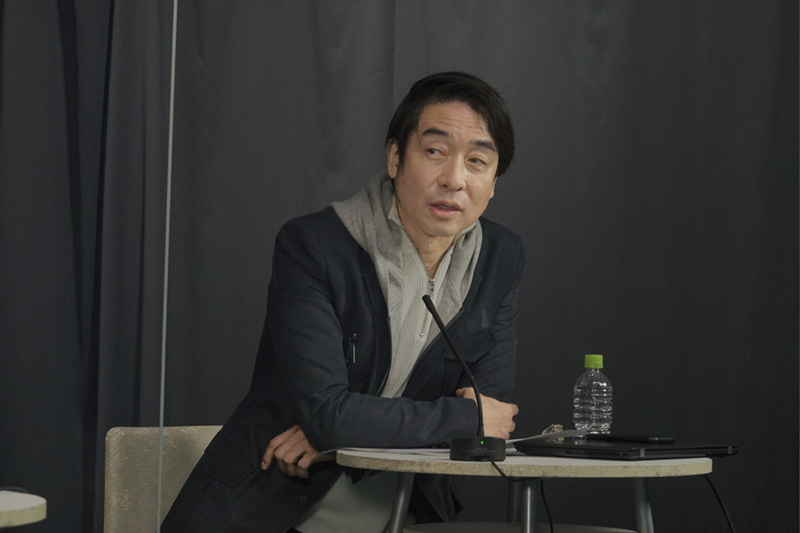
Takaaki Umezawa (Chairman, A.T. Carney Japan / Chairman, CIC Japan)
Graduated from the University of Tokyo Faculty of Law, Master of Business Administration from MIT. For 25 years at A.T. Carney (Japan and US offices), he supported companies on topics such as strategy, innovation, and urban development. At CIC (an innovation hub operator based in Boston, USA, with locations in nine cities worldwide), he opened CIC Tokyo, one of Japan's largest urban startup hubs, in October 2020. He serves on government committees on topics such as inbound tourism, Cool Japan, intellectual property, and urban development. In the tourism field in particular, he has worked with the Japan Tourism Agency to formulate and promote policies for affluent tourism and the nighttime economy. He presides over the "NEXTOKYO Project," proposing a future vision and special zone concept for Tokyo to industry and government. His publications include "NEXTOKYO" (co-authored, Nikkei BP). Specially Appointed Professor, Hitotsubashi ICS (Graduate School of International Corporate Strategy).
To attract such affluent visitors, for example, we need "good accommodations" and "good restaurants" around museums. Near art dealers, we need "bonded warehouses specializing in artworks" that can also serve as spaces for viewing pieces. "If you want to attract the wealthy using art as a hook, you need to enhance the overall experiential value of their stay. The infrastructure for that is indispensable," says Umezawa. Furthermore, to establish itself as an Asian art center, it would be desirable to develop as an "international financial center," like Hong Kong. This is because, in reality, professionals in the financial sector constitute a significant portion of the wealthy, who are the primary customers for contemporary art.
With the future vision for art and infrastructure becoming clearer, tonight's "Fantasy Night Gathering" is finally reaching its climax.
Mr. Umezawa's concluding remarks were as follows: "I believe Japanese art is entering a transformative period, shifting from something 'to be preserved' to something 'to be utilized.' We must also change people's awareness for the future. We must change the nature of infrastructure itself. The system development Mr. Shii is working on is precisely that, isn't it?"
Building infrastructure to nurture art. This is a monumental undertaking requiring the collective effort of individuals, corporations, and the state – spanning technology to legal frameworks. Every work of art we Japanese take pride in, tangible or intangible, exists only because of the efforts of those who came before us. Thinking about this stirs a restless feeling within me – a sense of urgency that we can't simply dismiss it as "something that's just always been there, so we carelessly forgot about it" – and a sense of responsibility for being born in this country.
This series is edited from the content of the webinar titled "A Night of Imagining the Future Created by Art and Business," supervised by its organizer, Kentaro Kasama (CEO of Arts & Brands), and presented from Web Dentsu Inc.





